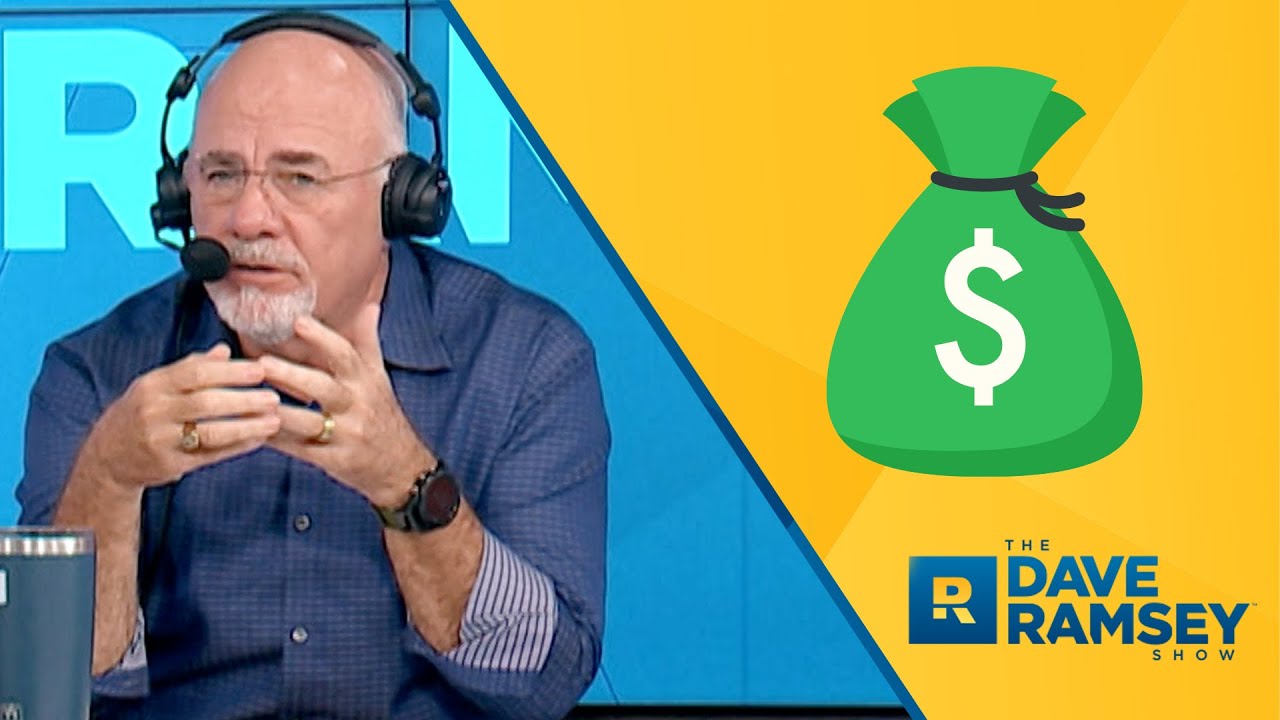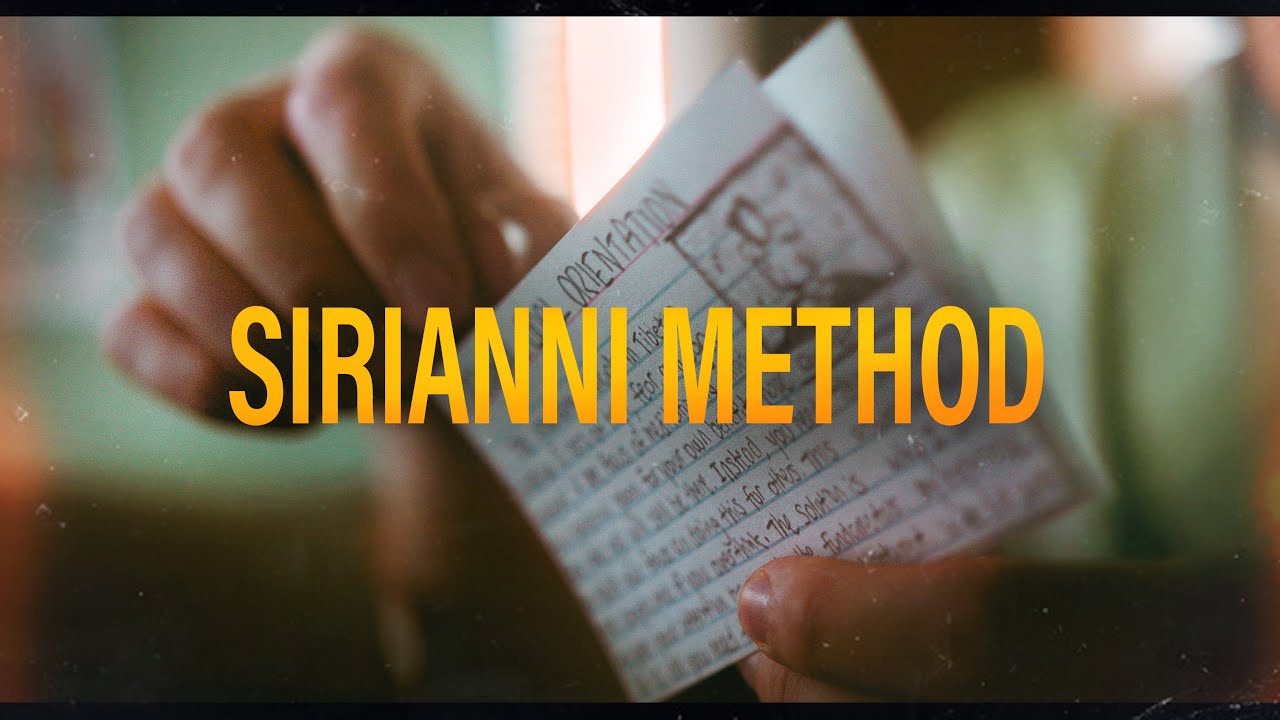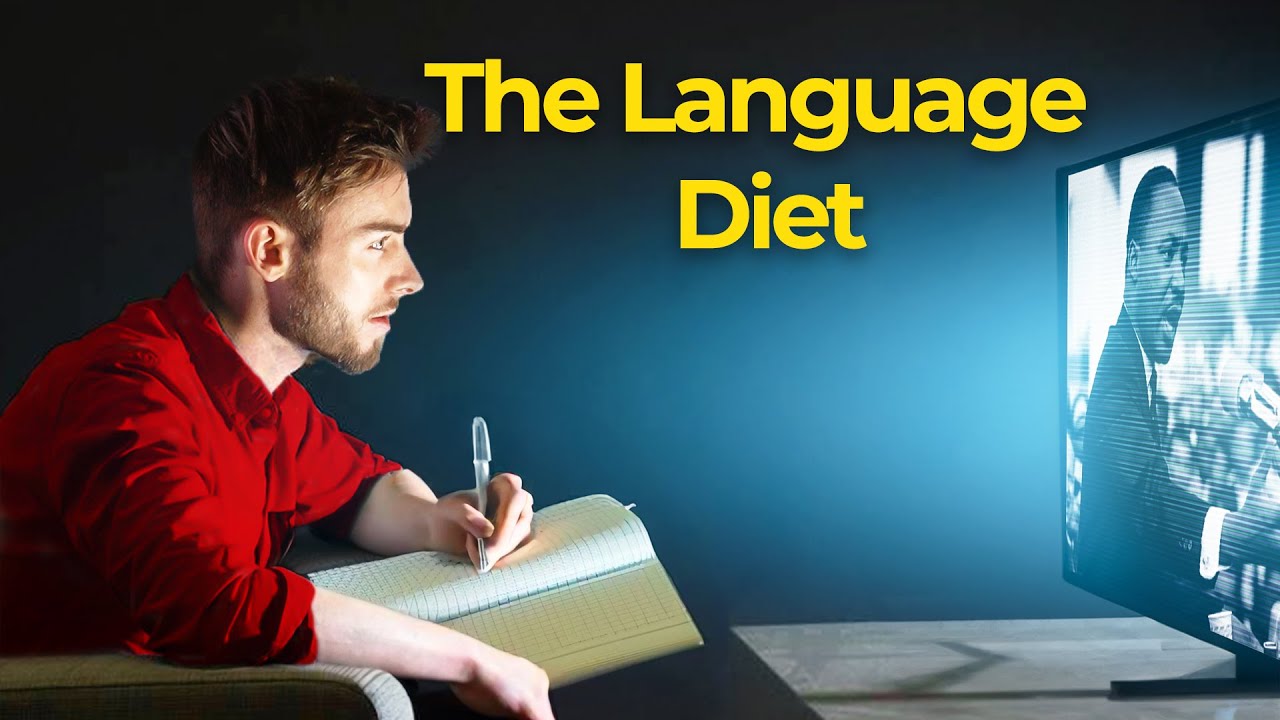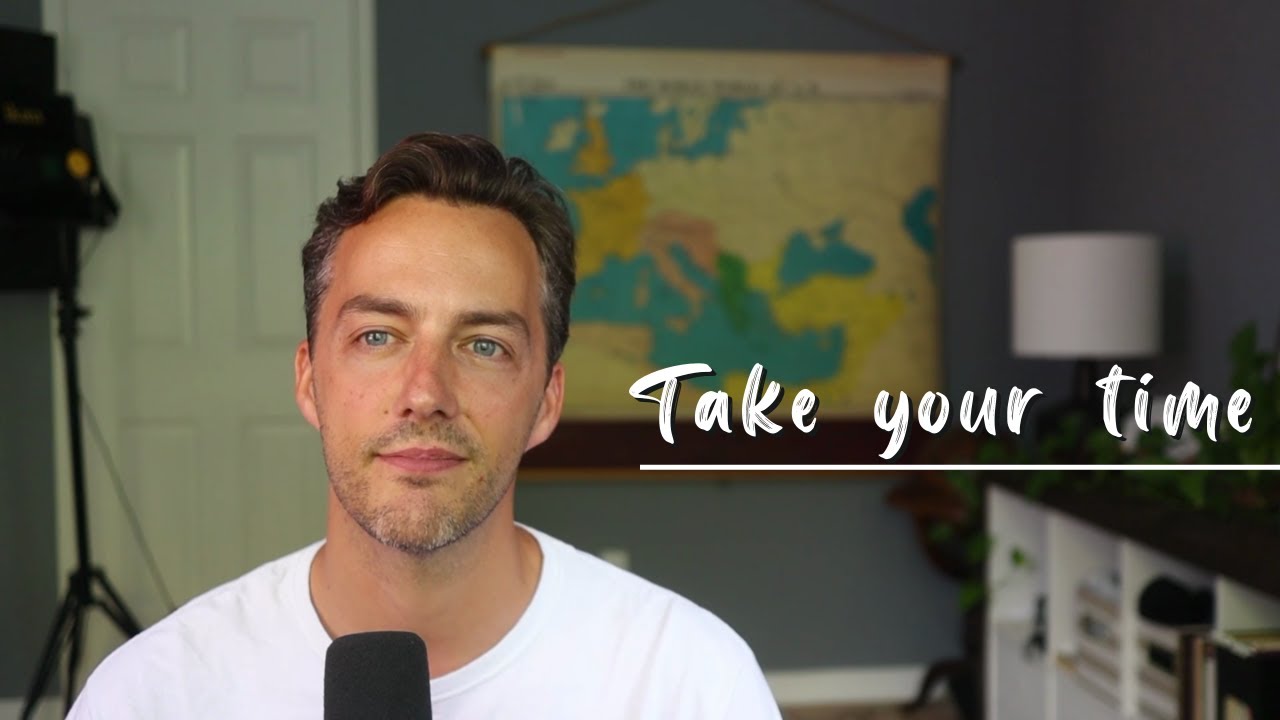Join Carol, a firefighter, on a gripping journey to save a trapped driver. Learn valuable lessons on perception, creativity, and conflict resolution through this heartwarming rescue tale.
Introduction
Conflict and negotiation are integral parts of human interaction. Whether in personal relationships, workplace dynamics, or community engagements, how we handle conflicts and negotiations significantly impacts outcomes and relationships. This blog post draws valuable insights from a unique perspective—a firefighter’s first-hand account of a life-saving incident and subsequent reflections on negotiation and conflict management.
A Thanksgiving to Remember
The Incident
Imagine racing in a firetruck with sirens blaring and lights flashing, heading towards an emergency scene. This was the reality for our narrator, a firefighter on their first Thanksgiving shift. The crew was dispatched to a car accident where a vehicle had crashed into a tree, and the driver was trapped and not breathing. The narrator’s role was to assist the driver, which involved carefully maneuvering into the car’s back seat and ensuring the driver’s airway remained open.
As the team worked to extricate the driver using not one, but two sets of the Jaws of Life, the firefighter began speaking to the unconscious driver, explaining every sound and action to create a sense of reassurance.
Unexpected Outcome
Against the odds, they successfully rescued the driver and transported him to the hospital alive. Despite the overwhelming adrenaline and gratitude for saving a life, the firefighter’s supervisor cautioned not to get too hopeful about the driver’s survival. The next day, however, brought a remarkable surprise—the driver was alive and conscious.
When the firefighter eagerly spoke to him, the driver, speaking softly, confessed he did not understand English. The words of reassurance had not reached him as intended, but the caregiver’s tone and presence had made a difference.
Lessons Learned
Lesson 1: Perceptions Matter
One of the critical takeaways from this experience is the power of perception. The firefighter’s supervisor had a clear expectation of the outcome based on years of experience, which shaped his perception of the situation. In contrast, the firefighter, inexperienced but open to possibilities, approached the rescue with a different outlook.
As neuroscientist Dr. David Eagleman suggests, we do not see the world as it is; we see it as our brains interpret it. This phenomenon underscores the importance of recognizing our perceptions and understanding that others may view the same situation differently.
In conflicts and negotiations, investing time to understand each person’s perspective is crucial. Rather than arguing about who is right, focusing on understanding the situation from various viewpoints helps move towards resolution more effectively.
Lesson 2: Innovation and Adaptability
The second lesson revolves around the value of trying unconventional methods. The firefighter’s decision to communicate with the unconscious driver, although seemingly unconventional, turned out to be impactful. The driver later mentioned that the calm and compassionate tone helped him endure the ordeal.
This lesson applies broadly to conflict management and negotiation. Sometimes, trying new and creative approaches can lead to unexpected and positive outcomes. Embracing innovation and flexibility, even in high-pressure situations, can be highly beneficial.
Lesson 3: The Power of Kindness and Curiosity
Conflict is inevitable, but how we handle it shapes the outcome. One profound insight from the firefighter’s story is the significance of showing up with kindness and curiosity. This approach, termed by the narrator as “curious conflict,” means leaning into understanding the other person’s perspective rather than reacting defensively or judgmentally.
Being curious about the conflict involves seeking to learn what the other person is saying and understanding their standpoint, which can be a powerful tool in de-escalating tense situations. While setting boundaries is essential, approaching conflicts with a mindset of kindness and curiosity helps prevent adding negative energy to already high-emotion scenarios.
Applying These Lessons
In Personal Relationships
In personal relationships, conflicts often arise from miscommunication and different perceptions. By recognizing the role of perception, trying new approaches, and responding with kindness and curiosity, we can navigate conflicts more constructively.
For instance, during a disagreement with a partner, instead of insisting on your viewpoint, take a step back to understand their perspective. This practice not only fosters empathy but also paves the way for more productive conversations and resolutions.
In the Workplace
Workplace conflicts and negotiations can significantly benefit from these lessons. Whether dealing with project disagreements, resource allocations, or team dynamics, understanding perceptions, embracing innovative solutions, and maintaining a curious and kind demeanor enhance collaborative problem-solving.
Consider a scenario where team members have conflicting ideas on approaching a project. Instead of dismissing each other’s ideas, encouraging an open-minded discussion where everyone’s perceptions are considered can lead to a more innovative and effective strategy.
In the Community
Community conflicts, often characterized by deeply entrenched positions and high emotions, require a nuanced approach. Applying the insights from the firefighter’s story, community leaders and members can facilitate more productive dialogues by focusing on understanding diverse perspectives, experimenting with creative solutions, and engaging with kindness and curiosity.
For example, in addressing a community dispute over new development projects, leaders could hold inclusive forums where all sides are heard and considered, fostering a climate of mutual respect and collaboration.
Conclusion
The lessons drawn from a firefighter’s life-saving experience on Thanksgiving offer profound insights into handling conflicts and negotiations.
By understanding the power of perception, embracing innovative methods, and approaching conflicts with kindness and curiosity, we can navigate challenging situations more effectively and build stronger, more empathetic relationships. Whether in personal, professional, or community contexts, these principles provide valuable guidance for creating more harmonious interactions and positive outcomes.
Video Credit:







